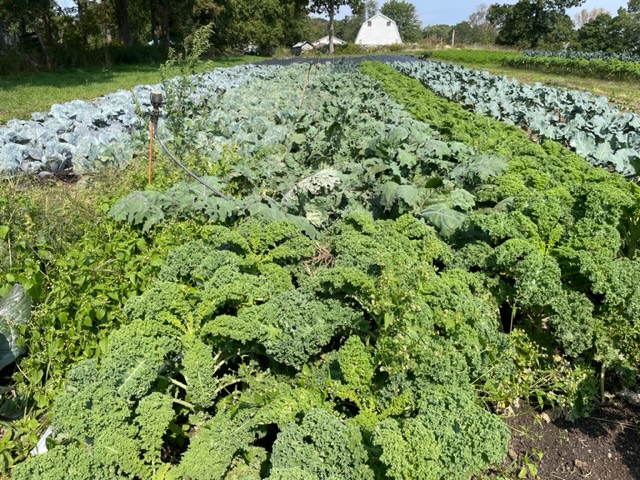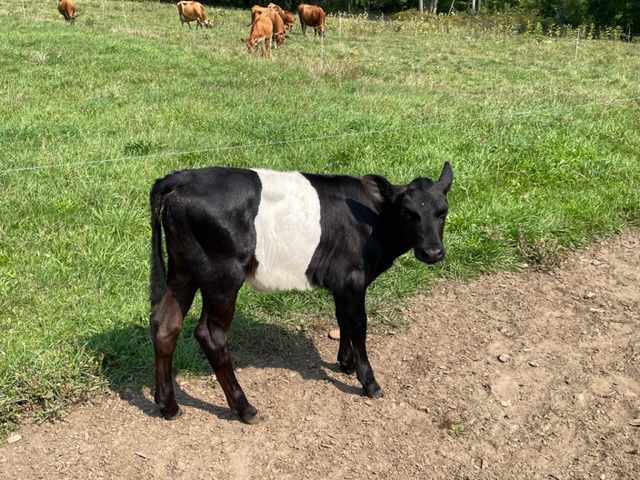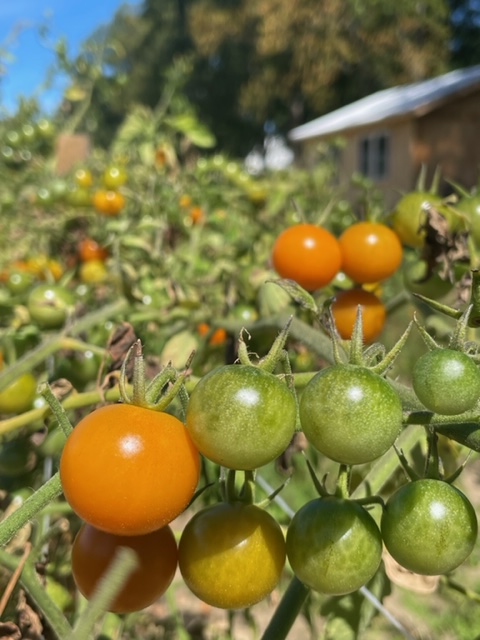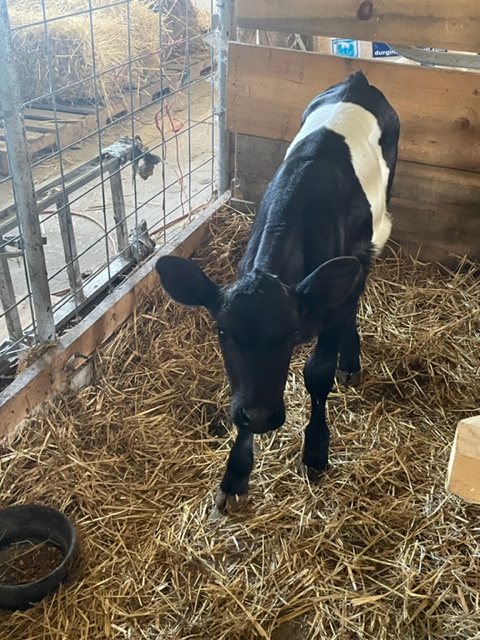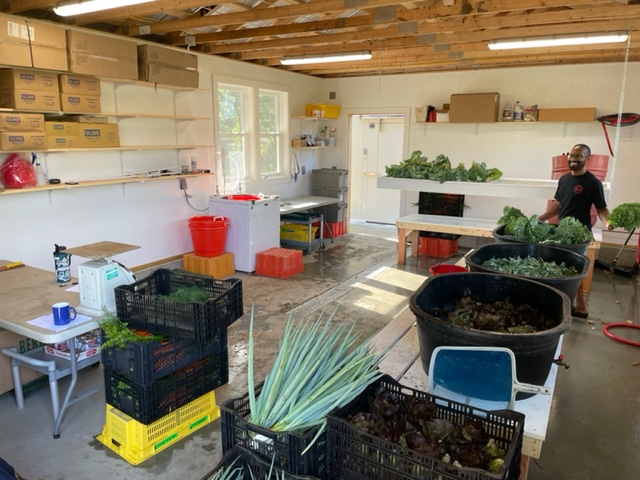I think that summer has given way to fall this week, and the switch seemed to happen all at once Wednesday and Thursday when a strong weather front passed over the farm. Thunder and lightning, heavy rain and strong wind moved over the farm as the cold air of fall collided with the warm wet weather of summer, and pushed it out of the way. Friday dawned cold and bright with the classic feeling of fall in the air, and everyone’s wardrobe seemed to shift overnight to accommodate the new season. It is not too often that we experience such a clear demarcation between the seasons, and for a weather lover like me, it was a really cool moment as the seasons churned above us and the change occurred by the hour. We have had some solid rain over the past few weeks with a handful of storms stacked up one after another, so the soil is nice and damp for what I hope can be a strong fall pasture grazing season. Most of our grasses would be classified as cool season perennials, so they really like moderate soil moisture and temperatures below eighty degrees. Grasses like Orchard-grass, Rye-grass, Fescue, Timothy and Blue-grass all grow well in the spring, suffer a bit in the heat and dry of the summer, and usually bounce back a bit in September and October, before shutting down for the winter some time in November. These species should be pretty happy in our pastures right now with damp soil and the thermometer in the low sixties, so I am looking for some strong growth ahead of us. Most of our pastures are still in a noticeable deficit coming out of the deep summer drought that gripped the region over the past two months or so, and that is still visible around the farm. The beef herd has been moving pretty quickly as they exhaust the available forage in each pasture, and the dairy herd’s daily paddocks are pretty thin. We supplement the milk cow’s diets with grain and plenty of hay in the barn, so they are usually able to maintain a pretty consistent nutrient intake year round, if we’re doing our jobs.
More grapes were harvested from the vines in the home garden this week, adding to last week’s impressive haul. JD and Piper processed and produced more grape jelly, and I think that we are all looking forward to seeing that farm product showing up on the breakfast table some time soon. It’s great to see the grapes being put to use this fall, and there have been many years when we just haven’t been able to take full advantage of this amazing crop. Our grapes have tart skins and pretty substantial seeds at their centers, so both eating and processing can take some real commitment. The rewards are worth it, but sometimes we just don’t get it done.
Fall firewood deliveries started this week, and the forestry crew was able to hitch up the draft-horses for pulling the wood wagon around the farm roads to make deliveries to the cabins out in the woods. With a strong crew of visiting students to pitch wood into wagon, horses to pull the wagon around, and the same crew to unload and stack, this process was fast and efficient. We are always looking for more ways to use the horses, to keep the tractors and trucks idle in the garage, and to reduce our use of fuel, so delivering firewood that was cut, split and cured here on the farm for use in wood-stoves in houses also here on the farm, is a very satisfying project. This was our first week of full school visit programing since the spring of 2020, so we had a solid team of eager wood movers ready to get the job done and to have fun doing it. Though the farmers here can find joy in almost every part of the work of the farm through the year, the enthusiasm brought to bear by visiting youth, stepping onto the farm maybe for the first or second time, is powerful, remarkable to witness and feel, and infectious.




